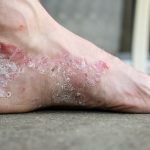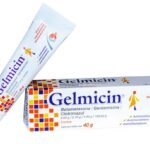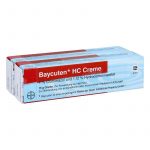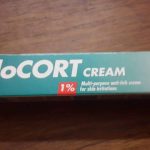Fluticasone Propionate Cream: Uses, How to Apply It, Side Effects, FAQs
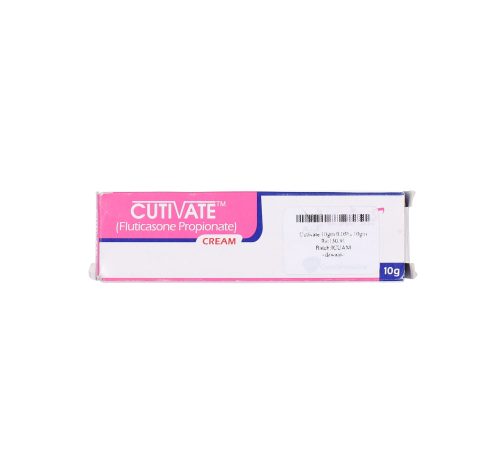
What is Fluticasone Propionate Cream used for?
Fluticasone Propionate Cream is a topical medication used to reduce inflammation and relieve itching, redness, dryness, and scaling associated with various skin conditions, including psoriasis (a skin disease in which red, scaly patches form on some areas of the body and eczema (a skin disease that causes the skin to be dry and itchy and to sometimes develop red, scaly rashes).
Fluticasone Propionate Cream belongs to a class of medications known as corticosteroids. It works by activating natural substances in the skin to reduce swelling, redness, and itching. Fluticasone cream brand name includes Cutivate, Flutivate, and Flutiwell.
How should Fluticasone Propionate Cream be used?
Fluticasone Propionate comes as a cream or lotion to apply to the skin. It usually is applied once or twice a day. Follow the directions on your prescription label carefully, and ask your doctor or pharmacist to explain any part you do not understand. Use fluticasone exactly as directed. Do not apply more or less of Fluticasone Propionate Cream or apply it more often than prescribed by your doctor. Do not apply it to other areas of your body or use it to treat other skin conditions unless directed to do so by your doctor.
Your skin condition should improve during the first 2 weeks of your treatment. Call your doctor if your symptoms do not improve during this time.
To use, apply a small amount of cream, ointment, or lotion to cover the affected area of the skin with a thin film and rub it in gently.
Do not wrap or bandage the treated area unless your doctor tells you that you should. Such use may increase side effects.
Can I Use fluticasone cream for babies?
Fluticasone Propionate Cream cannot be used for children who are below the age of 3 months. Do not use Fluticasone Propionate Cream on a child’s diaper area unless your doctor tells you that you should; do not use tight-fitting diapers or plastic pants. Such use may increase side effects. Fluticasone Propionate Cream does not help with skin conditions such as acne and rosacea.
Can I use fluticasone cream on my face?
No, avoid using Fluticasone Propionate Cream on your face, around your genital or rectal areas, as well as skin creases and armpits unless you have been told to do so by your doctor. This medication is only for use on the skin.
Can I use fluticasone cream for my lips?
Yes, studies have shown that Fluticasone propionate cream can be used to reduce inflammation and relieve itching, redness, dryness, and scaling on the lips. However, do not let Fluticasone Propionate cream get into your mouth, and do not swallow it.
Does fluticasone propionate cream work against fungus?
Fluticasone propionate cream can help relieve the symptoms of certain fungal infections such as eczema (including contact dermatitis) and psoriasis. This cream has been shown to be highly effective in the treatment of eczema, and the once-daily application shows no significant difference in efficacy compared with twice-daily treatment. However, like all steroids, Fluticasone propionate cream can cause a decreased response to antifungal agents, and treatment with Fluticasone propionate cream can worsen some fungal infections due to severe inflammatory side effects and the likelihood that they’ll delay epithelial regeneration.
What are the side effects of fluticasone cream?
Fluticasone cream side effects include:
Less common
• Burning, itching, redness, or stinging of the skin
• hives or welts, skin rash
• raised, dark red, wart-like spots on the skin, especially when used on the face
Rare
• Burning, itching, and pain in hairy areas, pus at the root of the hair
Incidence not known
• Backache
• black, tarry stools
• bleeding gums
• blindness
• blistering, burning, crusting, dryness, or flaking of the skin
• blood in the urine or stools
• blurred vision
• burning and itching of skin with pinhead-sized red blisters
• change in vision
• chest pain
• darkening of the skin
• decreased vision
• diarrhea
• dizziness
• dry mouth
• eye pain
• facial hair growth in females
• fainting
• fractures
• fruit-like breath odor
• full or round face, neck, or trunk
• headache
• increased hunger or thirst
• increased urination
• irritability
• itching, scaling, severe redness, soreness, swelling of the skin
• lightening of the normal skin color
• lightening of treated areas of the dark skin
• loss of appetite
• loss of sexual desire or ability
• loss of vision
• menstrual irregularities
• mental depression
• muscle wasting
• nausea
• painful or difficult urination
• pinpoint red spots on the skin
• reddish purple lines on the arms, face, legs, trunk, or groin
• redness and scaling around the mouth
• stomach pain
• sweating
• tearing
• thinning of the skin with easy bruising, especially when used on the face or where the skin folds together (eg, between the fingers)
• unexplained weight loss
• unusual bleeding or bruising
• unusual tiredness or weakness
• vomiting
Some side effects may occur that usually do not need medical attention. These side effects may go away during treatment as your body adjusts to the medicine. Also, your health care professional may be able to tell you about ways to prevent or reduce some of these side effects. Check with your health care professional if any of the following side effects continue or are bothersome or if you have any questions about them:
Less common
• Body aches or pain
• change in hearing
• chills
• common cold
• cough
• difficulty with breathing
• dry skin
• ear congestion
• ear drainage
• earache or pain in the ear
• fever
• increased hair growth on the forehead, back, arms, and legs
• lightheadedness
• loss of voice
• runny or stuffy nose
• sneezing
• sore throat
Other side effects not listed may also occur in some patients. If you notice any other effects, check with your healthcare professional.
Call your doctor for medical advice about side effects. You may report side effects to the FDA at 1-800-FDA-1088.

